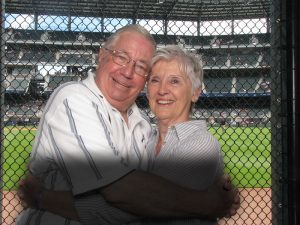Set the camera’s direct exposure setups for the background and also tweak the flash to correctly expose the people. Your customer desires a photo cubicle yet no background Perhaps you get on a lovely rooftop with a view of the Chrysler Building, perhaps you’ve got the Grand Canyon or the Braves’new baseball stadium in the background. You’ve got to find a way
to readjust exposure so that background looks great as well as your visitors in the booth are likewise appropriately revealed. First, you have actually got to establish the direct exposure of your electronic camera so the background is completely subjected. It’s a lengthy means from flash to background, so your flash will have absolutely no impact upon history. But your flash is mosting likely to
- give all the lights on your guests. Exactly how do you strike a balance? You need to set your video camera’s f-stop, shutter speed as well as ISO so the background is flawlessly subjected.
- After that you should readjust your flash system (Speedlight, monolight, whatever you’re using) so the people aware are properly exposed as well.
The Rule of f 16— there’s an old guide to direct exposure dating back to the movie days. In intense sunlight, your fundamental direct exposure will certainly be a shutter speed equivalent to your movie rate (ISO). So with Kodacolor 100, in brilliant light, you’d obtain a respectable result with a shutter rate of 1/100th of a second and also f16. Or a 200th at f11 or a 400th at f8.
Too high a shutter rate as well as the flash can’t light up the whole photo simultaneously. You’re limited to the top shutter speed at which you can utilize flash without getting a darkness bar from the shutter (see previous publishing). However, as a whole, it’s not safe to fire much faster than 1/200 th with a DSLR camera. Canon Powershots can fire faster and also of course cams can’t be utilized with a flash anyway.
In the picture with the dark area, just part of the sensor was subjected to the flash. So a part of the foreground is dark. The history is properly exposed since it was subjected by the ambient light.
So we’re going to set the shutter speed to its greatest safe-sync setting.
We’ll choose a reduced ISO– 50 or 100.
We’ll attempt various apertures/lens openings/f stops up until the history looks “ideal”. In intense sunshine you’ll probably end up around f8 to f11.
Currently just how will we make the subjects– individuals– correctly exposed?
By changing the amount of brightness originating from the flash unit. You’ll need a fair power source of light such as an Unusual Bee and also you’ll need to be rather near the subjects. Now is not the time to use a slim umbrella, way too much light will get lost.
Simply readjust the power portion until your subjects’ faces look great. With a little technique, it ends up being simple. You’ll also find that moving the flash closer to the subjects makes them look brighter, moving the flash away makes them look darker.
You have actually got an extra concern when making use of an all-natural history– it’s going to get lighter and also darker as the day passes. We have actually currently established ISO and shutter speed and lens opening for brilliant sunlight. As it obtains darker– clouds obstruct the sunlight or the sun is setting– we intend to adjust the brightness of the background without impacting the guests.
It’s easy– just keep lowering the shutter rate. That will certainly make the background better.
If it starts getting actually dark as well as you don’t want a much longer shutter rate– maybe you’re currently down to 1/60 you can begin opening up the lens a little bit or bumping up the ISO. If you do that you’ll wish to downsize on the light intensity.

